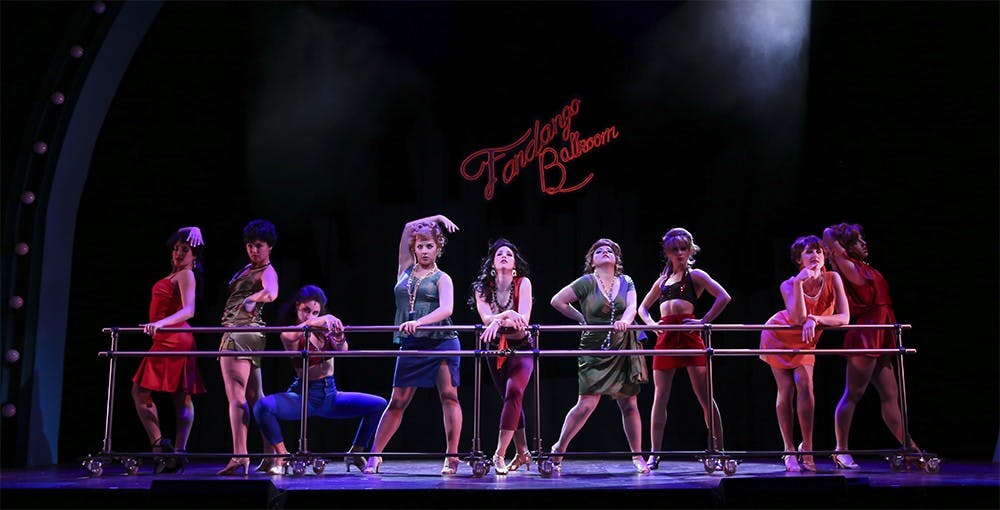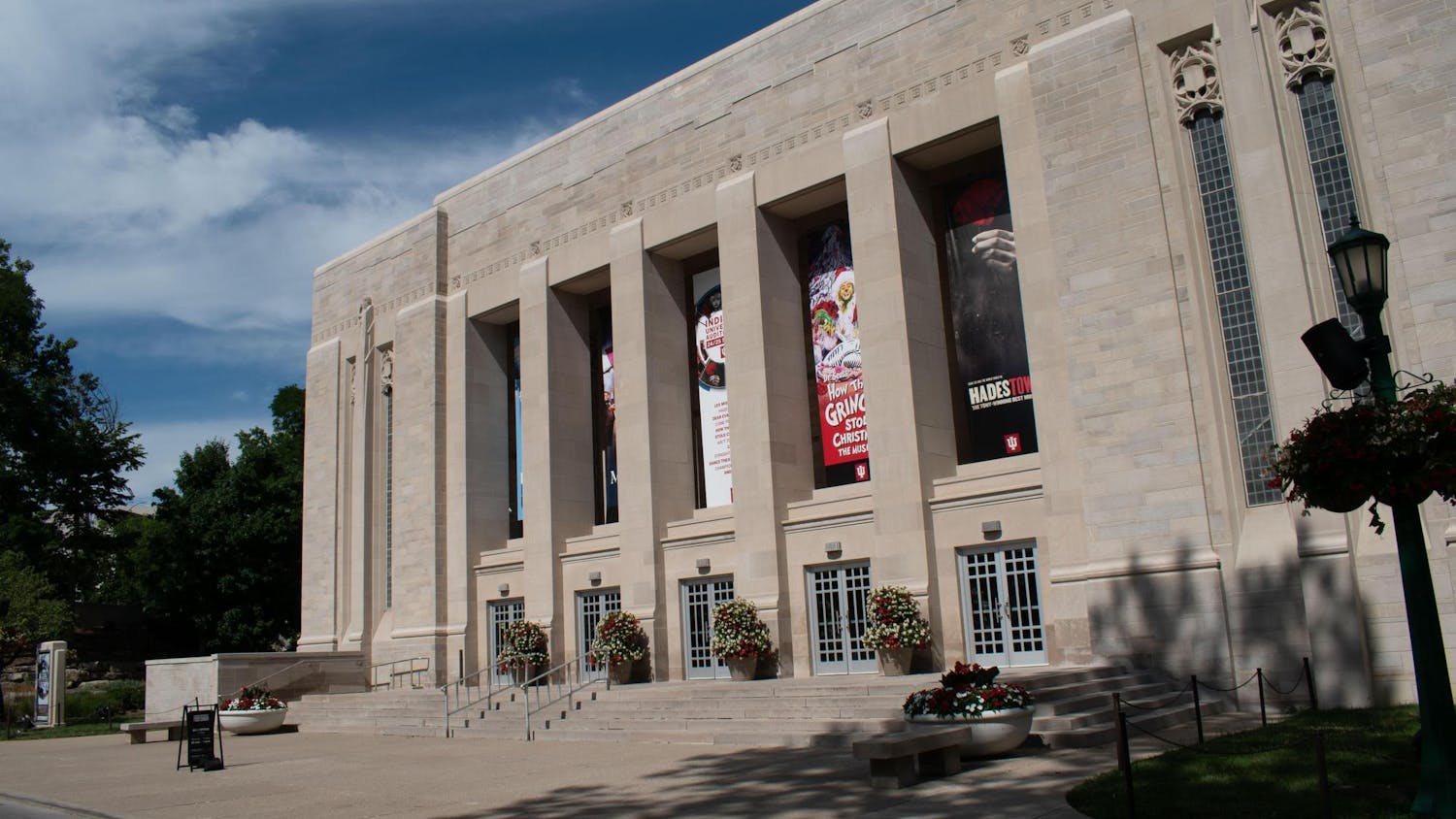One of these hostesses is Charity Hope Valentine, the main character in IU Theatre’s production of “Sweet Charity.” The show opens at 7:30 p.m. Friday in the Ruth N. Halls Theatre. Successive performances will be at 7:30 p.m. Nov. 7 and 10 through 13 and at 2 and 7:30 p.m. Nov. 14.
Liza Gennaro, the assistant professor of musical theater and choreography at IU, and Joe Stollenwerk, doctoral candidate in the Department of Theatre and Drama and assistant director of “Sweet Charity,” gave a theater circle lecture Thursday. They discussed the contributions of women in the musical business and how the choreography and casting of “Sweet Charity” is revolutionary for women in that line of work.
“History and production of musical theater tends to either forget or marginalize the work that women have done in creating it,” Stollenwerk said.
One overlooked female figure in the business is Dorothy Fields, who wrote the lyrics for “Sweet Charity” as well as multiple other Broadway productions and Hollywood movies, Stollenwerk said.
“Many 1930s musicals may seem creaky today, but Fields’ witty and charming lyrics have far outlasted some of the films that gave birth to them,” Stollenwerk said. “Fields’ lyrics for ‘Sweet Charity’ were astonishingly fresh and contemporary for a woman who was 60.”
Gennaro said Fields’ lyrics take on an entirely different meaning infused with female sexuality when mixed with Bob Fosse’s choreography.
“What Fosse ends up doing with this lyric is to fill it in with the body,” Gennaro said. “What is said is very different from what is presented through the language of the body.”
Fosse spent a lot of time researching dance halls like the Fandango Ballroom before he started his choreography, Gennaro said.
Gennaro quoted Fosse: “The remaining half dozen dance halls in New York were as close to prostitution as anything you could find.”
One of the members of the original Broadway production said the number “Big Spender” was the point in the show that most implies the dance hall hostesses are prostitutes. Lyrics such as “I can show you a good time” and “spend a little time with me,” combined with the dancers’ beckoning gestures and movements, lend themselves to such interpretation.
Gennaro said the actions of the other dance hall girls serve as a contrast to Charity’s character. She is a big-hearted girl who is simply working at the Fandango to try to follow her dreams of being in show business, she said.
"‘Sweet Charity’ is an interesting collaboration between Dorothy Fields’ lyrics and what Bob Fosse did with the choreography of the numbers, which are two very different things,” Gennaro said.






